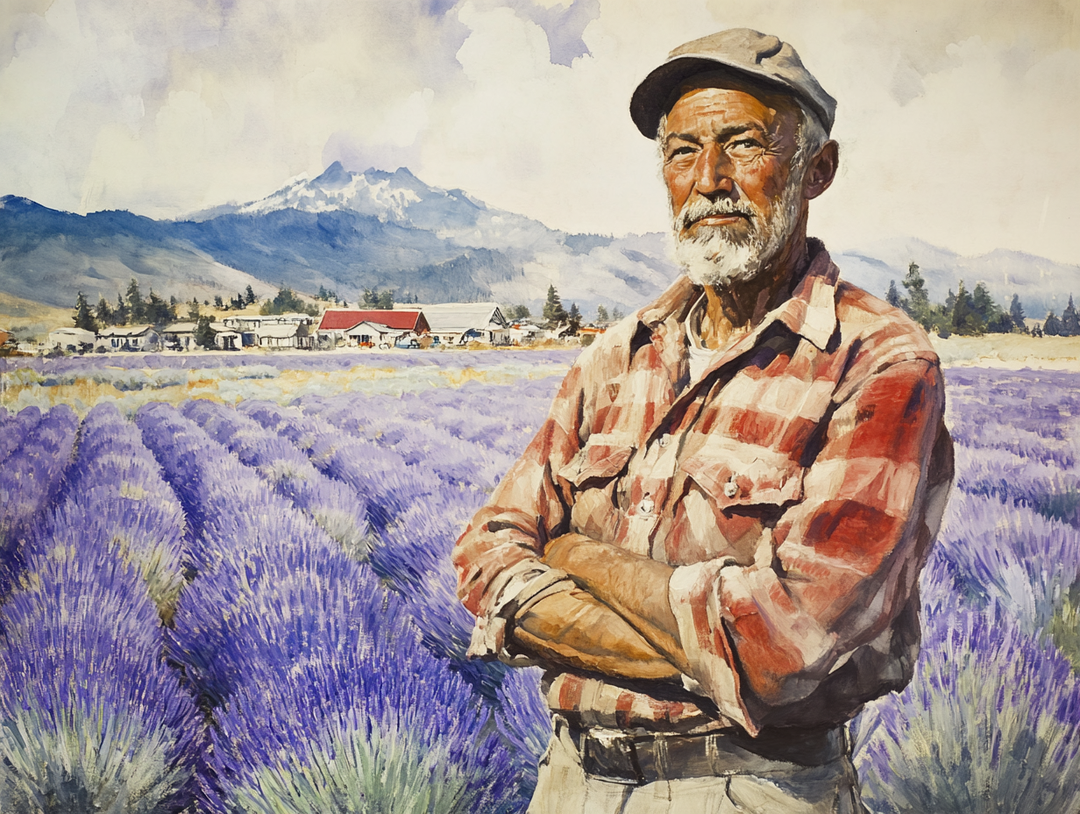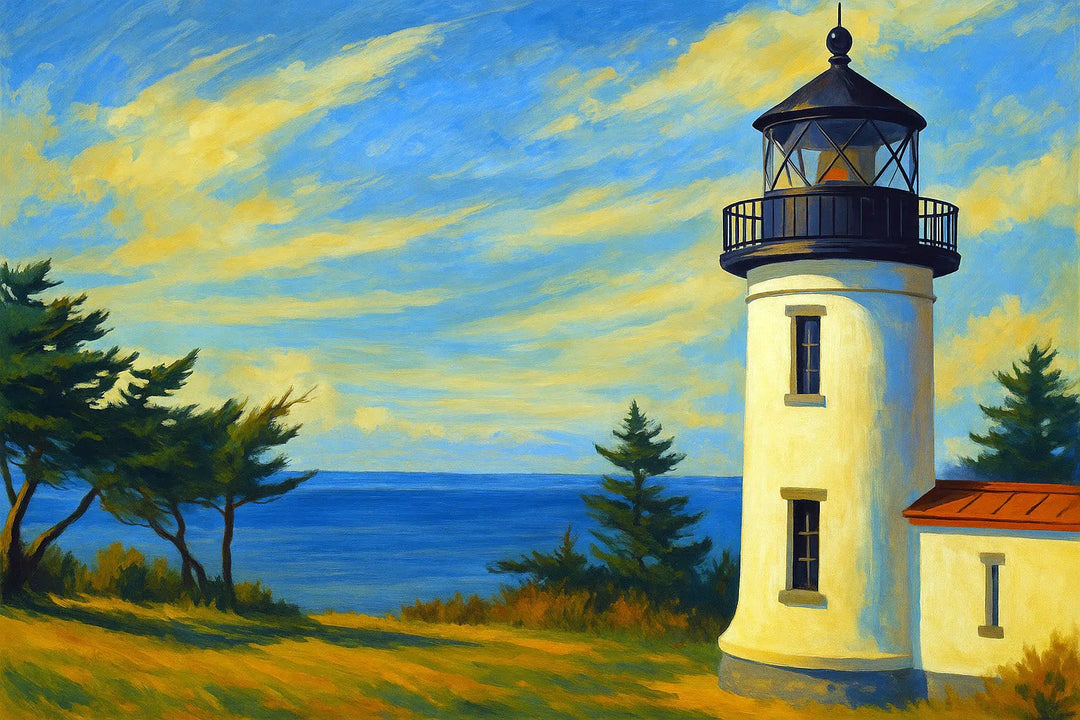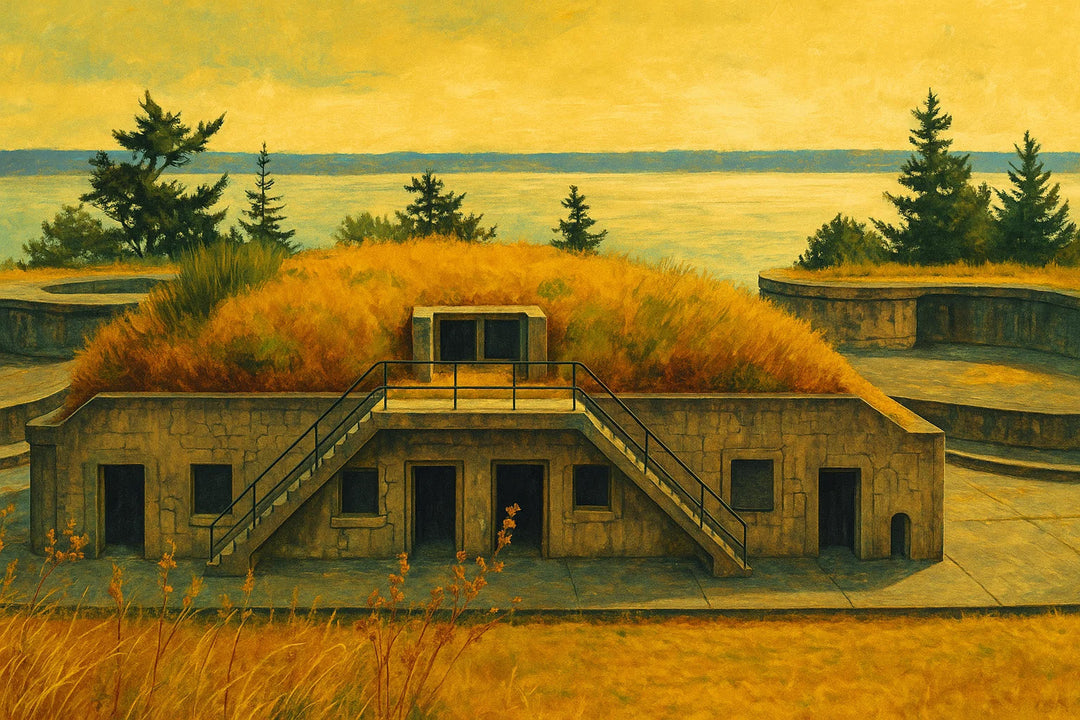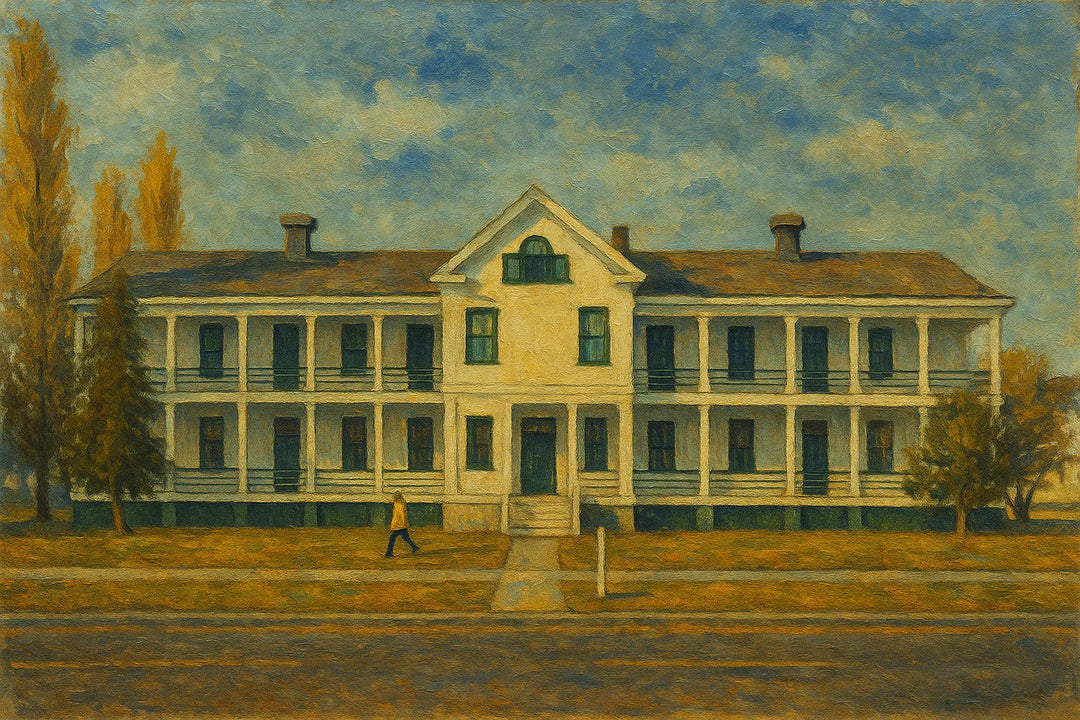Olympic Peninsula Field Notes

With every sun-baked trail, every salt-stung breeze off the Strait, every diner stool that’s held up generations of men who know how to order eggs without looking at the menu. This is how you spend a day here if you’re the kind of man who measures life in sunrises, not screens.

The concrete batteries crouch low against the Whidbey Island bluffs, their rusted gun mounts forever tracking invisible threats across Admiralty Inlet. Built in 1897 as the southern sentinel of the "Triangle of Fire," Fort Casey was designed to disappear - its massive artillery retreating behind concrete parapets after each thunderous shot. Today, the only things vanishing here are visitors' worries as salty winds sweep through empty powder magazines and across the restored barrels of guns that never fired in anger.

The artillery batteries stand like forgotten sentinels, their rusted gun mounts still pointing toward the Strait of Juan de Fuca. Built to defend the Puget Sound from naval invasion, Fort Flagler never fired a shot in anger—but its history echoes through bunkers, bluffs, and the salty wind that sweeps Marrowstone Island. Today, it’s a place where hikers, history buffs, and RV travelers walk the same grounds where soldiers once stood watch for enemies that never came.

The concrete batteries still crouch like sleeping giants along the bluffs, their 12-inch guns forever tracking phantom fleets. Built to defend Puget Sound from naval invasion, Fort Worden became something stranger—a military relic turned nightmare factory when Hollywood discovered its haunting potential. This is where history and horror share the same tunnels.







